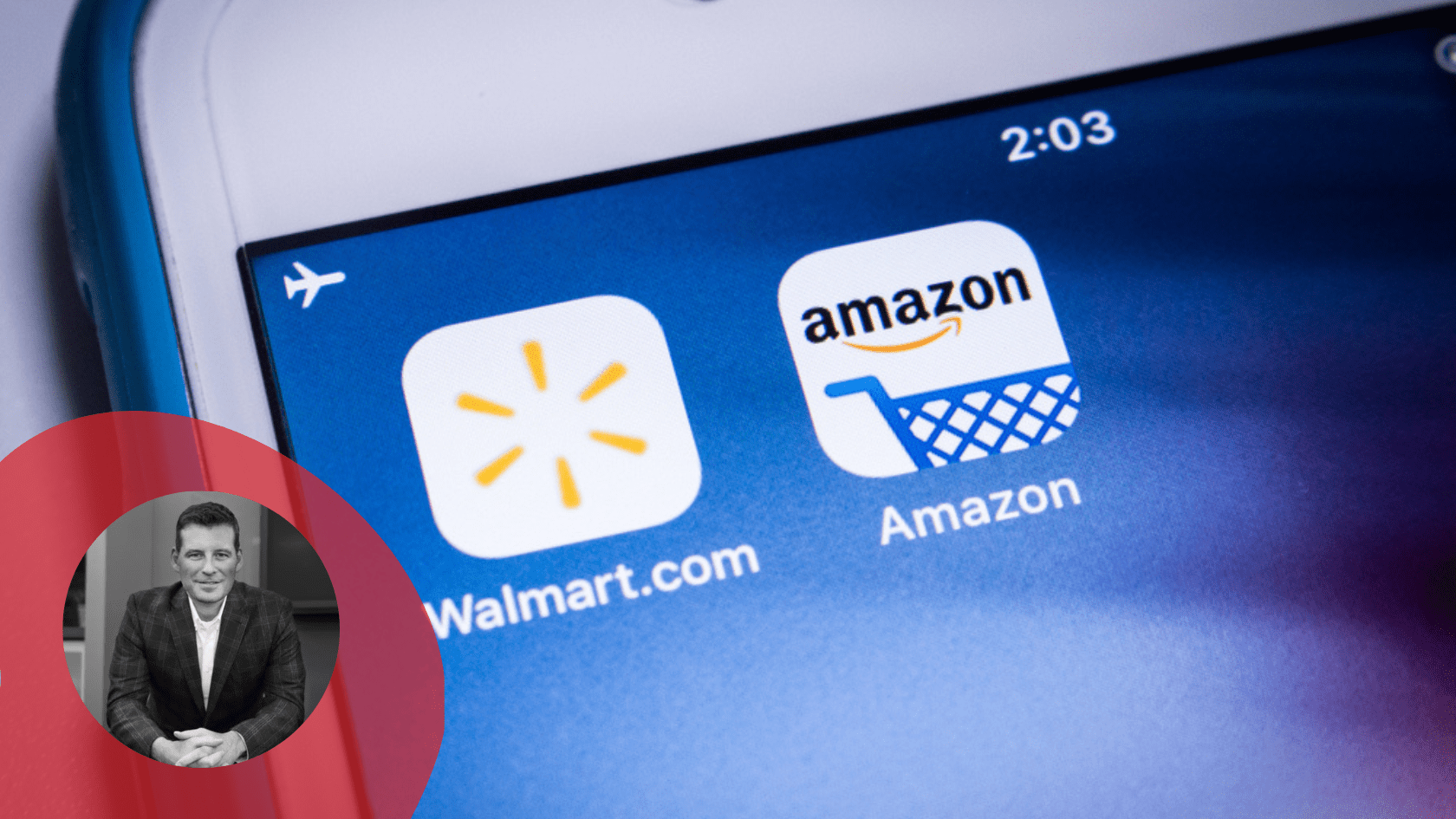
Retailing is about maximizing return on the cost of assets — primarily products and service. But one of the biggest line items for retailers — the physical space that houses their business — is usually under-monetized.
Amazon and Walmart have realized this and are now monetizing the physical space they occupy — in the digital realm — through advertising.
While advertising on Amazon is still relatively small, it does account for nearly 10% of total revenue, which is more than subscriptions from Amazon Prime, for example. Walmart too has a growing ad business, which again, while small in comparison to total revenue, still brought in more than $2 billion last year for the retailer. And they are not alone: nine of the top 10 largest retailers in the U.S. have their own media network.
These retailers have realized that they have an audience that is valuable for marketers to reach and that advertising enables them to monetize an asset, their digital footprint, that was being underutilized.
At a time when brick-and-mortar retailers are facing the dual pressure of still-reduced foot traffic and a challenging economic environment, the need for them to also identify how to better monetize assets for incremental revenue is critical.
So while you may not have the digital footprint of an Amazon and Walmart, you do have a sizable and desirable audience of those who pass by your store windows everyday and that come into your store.
If Amazon and Walmart can become, in effect, media companies by monetizing access to those who engage with them, so can you, through OOH advertising delivered by digital screens in your store window.
And the time to do so could not be better. OOH advertising is booming.
According to Standard Media Index, OOH advertising grew a whopping 70% in the first quarter of 2022 and was up another 42% YoY through May. For comparison, the next largest ad channel in terms of growth was digital, which grew 24% in Q1 YoY (albeit from a much larger starting point.)
The reason for OOH ad growth is simple to understand. It is “in the real world” and therefore closer to the point of purchase. It can’t be “blocked” as a digital ad can be or tuned away from as a TV ad can be. And OOH ads, which need to attract attention quickly, are generally, as a result, highly engaging, creative and often entertaining.
Because of their appeal and effectiveness — and due to the emergence of digital screens that can easily be installed anywhere, from gas pumps and charging stations to transit kiosks — OOH advertising can now be served anywhere and, in the process, is making the companies that host it, in effect, media companies.
Volta, for example, offers free EV charging at its stations in exchange for exposure to ads served on them. That is no different than a magazine, which monetizes its physical space to sell advertising. As a result, while these companies — from taxis to transit kiosks — may have as a primary business a service or product, they are also now media companies. So is Volta a charging station company or a media company?
Amazon and Walmart are still, of course, retailers first and will always be. But consider this: Amazon’s ad revenue outstrips that of YouTube’s and is growing at a faster rate. Walmart believes it can become a top 10 ad platform in the future.
You may not have the reach of either, but you share the need to better monetize available assets. Store windows are the first place to look because of the access they provide to an audience that is desired and that, as Amazon and Walmart have demonstrated, brands are willing to pay for.
Daily store window foot traffic, of course, will vary greatly from urban to suburban or rural environments — not everyone can enjoy the 10,000 people who pass by the store windows of Macy’s in Manhattan, every hour, every day. But if you are like most businesses, you probably have in the order of several hundred people who are exposed to your store windows daily. You could realize anywhere from $300 to $500 per month, per screen in your windows from digital advertising — a significant source of incremental revenue.
So in a time of increasing pressures for retailers, make sure you are monetizing all your assets, including your physical space. In the process, you just might enjoy being a media company as well as a retailer.
Joe Kunigonis is CEO and Board Member of Smartify Media, a digital out of home and in-retail digital advertising platform that helps businesses and commercial property owners realize the inherent media value of their physical space. He has held multiple executive and founding roles within the industry and is an industry veteran and subject matter expert within the digital outdoor advertising, programmatic, real estate and location-based technologies segments of the DOOH and Retail Tech Industries. Kunigonis has over 25 years of experience in outdoor advertising, media and retail digital signage.
"do it" - Google News
September 05, 2022 at 07:44PM
https://ift.tt/e9XIr7S
If Amazon and Walmart Can Do It, So Can You - Retail TouchPoints
"do it" - Google News
https://ift.tt/MiKkvAp
https://ift.tt/lDfjevS
Bagikan Berita Ini















0 Response to "If Amazon and Walmart Can Do It, So Can You - Retail TouchPoints"
Post a Comment